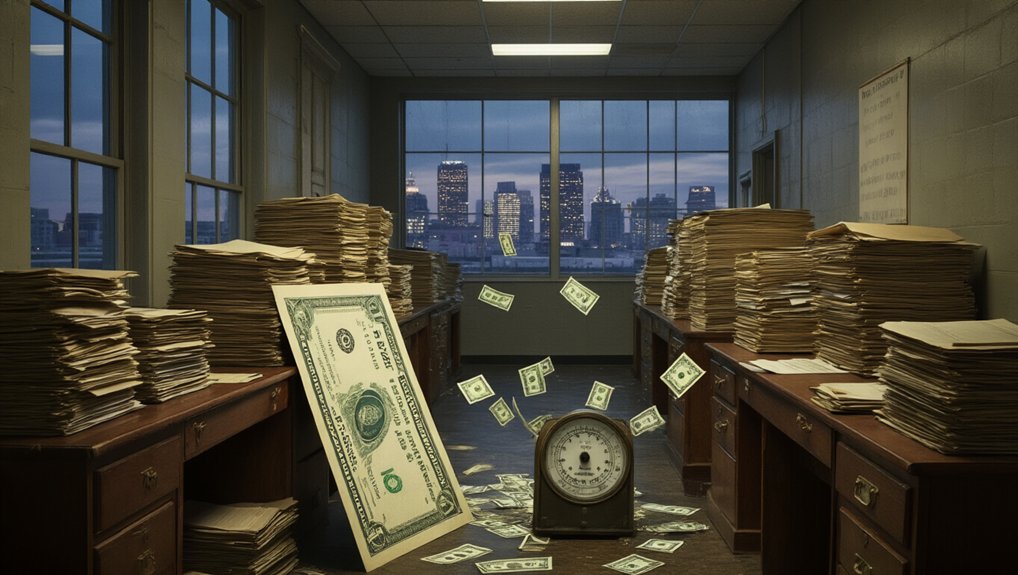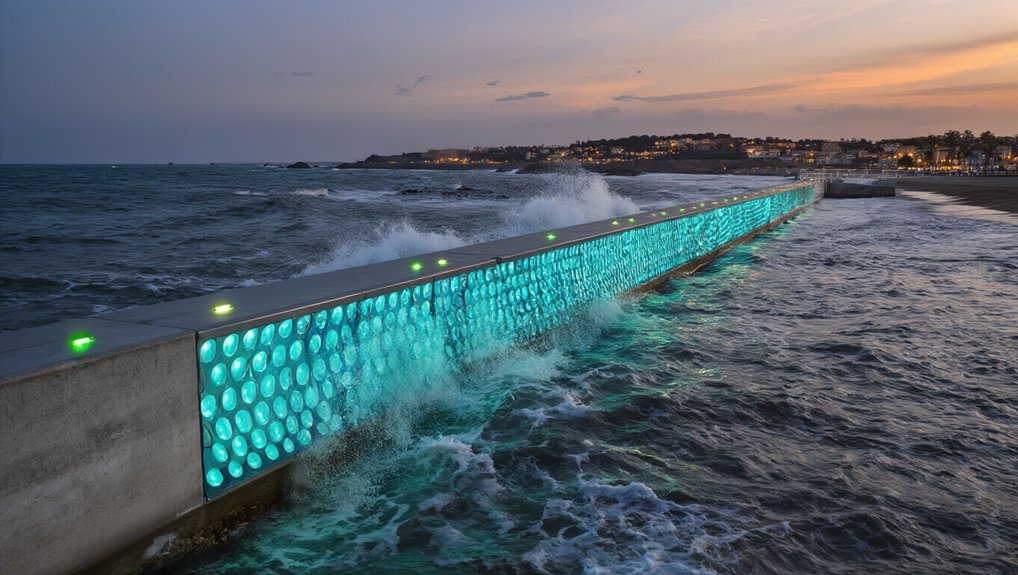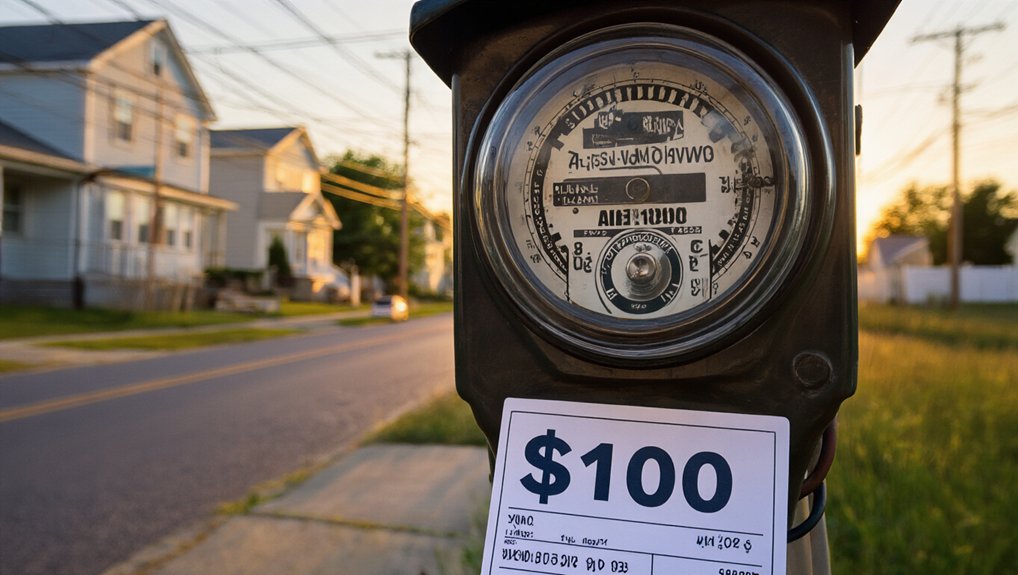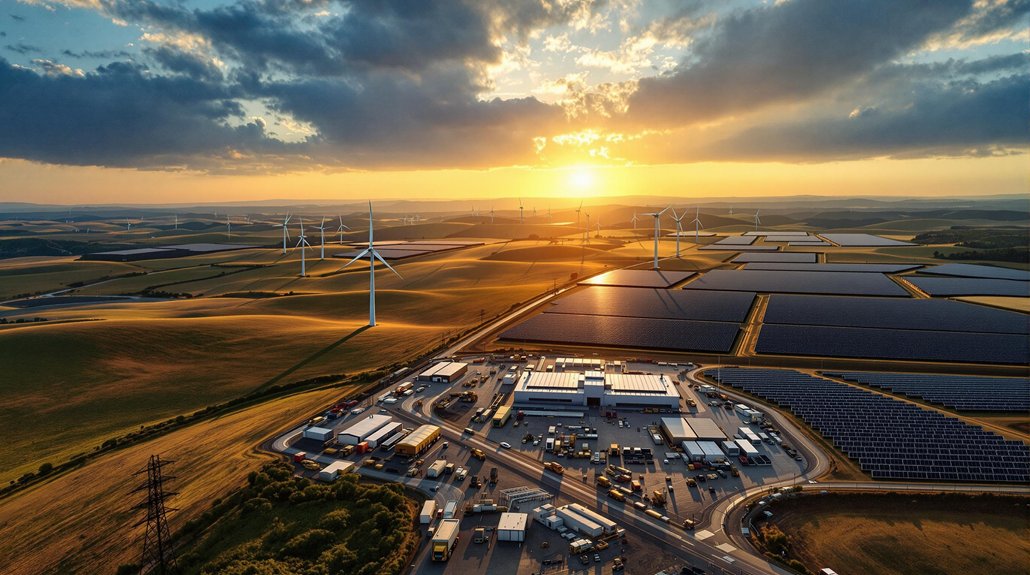Mystery, bureaucracy, and millions in unspent dollars. That’s the story of Louisiana’s $80 million energy efficiency fund created in 2017 by the state’s Public Service Commission. The brainchild of then-Commissioner Lambert Boissiere, this fund appeared out of nowhere, catching even energy experts off guard. Half of monthly fees collected from regular folks’ utility bills go straight into this pot. Nice surprise, huh?
For four years, Boissiere’s own district saw zero dollars spent on energy efficiency projects. Zero. Meanwhile, $16 million just sat there collecting dust until his successor took over in 2022. That’s efficiency for you!
The program operates in shadows. No competitive bidding. Limited public input. Minimal regulatory review. Just commissioners with fat checkbooks and few people watching how they spend other people’s money. Democracy at its finest.
Recently, the money started flowing—coincidentally right when people started asking questions. Southern University got a $4 million windfall, complete with a ceremonial big check presentation worth $1.46 million. Schools receive overdue lighting upgrades that should’ve happened decades ago. Kids squinting under flickering fluorescents can finally see their textbooks.
Louisiana remains among America’s least energy efficient states despite this massive fund. Other states have actual plans, transparency, and measurable goals for similar programs. Louisiana has… well, commissioners with discretion.
The beneficiaries? Largely public institutions with connections. Schools and universities suddenly find their infrastructure problems solved—if they know the right people. The situation mirrors how utility companies like PSEG often rely on court rulings to advance infrastructure projects despite landowner objections. The PSC voted 3-2 to end the program due to administrative overhead costs being too high. Meanwhile, average citizens scratch their heads, wondering where their utility fee money goes.
The fund’s defenders point to cost savings from upgrades. Fair enough. New lights use less electricity. But the random, connection-based distribution system raises eyebrows. A program created overnight, operating without clear guidelines, spending millions with limited oversight—only in Louisiana could we call this energy “efficiency.”
References
- https://floodlightnews.org/80-million-few-rules-louisianas-energy-efficiency-slush-fund/
- https://www.renewableenergyworld.com/news/federal-judge-grants-piedmont-power-line-company-access-to-land-for-surveys/
- https://www.renewableenergyworld.com/energy-business/new-project-development/us-warming-up-to-geothermal-its-hot-everywhere-underground/
- https://americanpress.com/2025/04/25/powering-the-future-la-joins-wind-energy-market/
- https://www.dnr.louisiana.gov/page/oe-faqs









